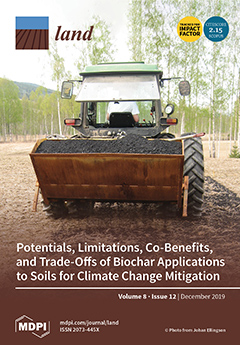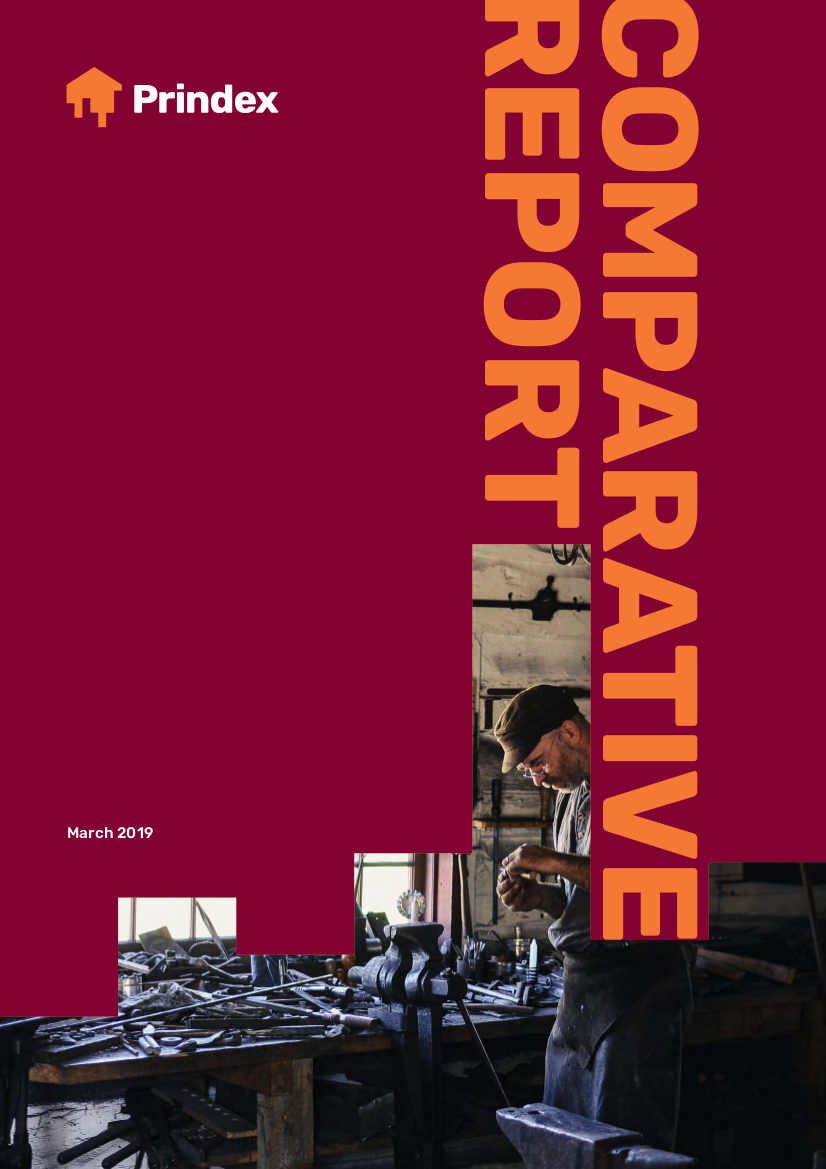The present study aims to use systematic conservation planning to analyse and review the national protected areas (PAs) network in Jordan. The analysis included the application of three modules: the environmental risk surface (ERS), the relative biodiversity index (RBI), and the application of…
It is widely understood that effective use of land, the sustainable production of food and development are linked. Yet, creating effective policy, which takes into account broader notions such as economic prosperity and social justice, especially in the context of competing claims to land use…
Wind-farm planning optimization is important for decision-making concerning regional energy planning in developing countries. This process is governed by restrictions on site selection based on land suitability metric variables, wind turbine technology variables, and land-use governing criteria…
The character of Amman, Jordan, as the "City of Waters"—referring to the abundance of water flowing in its known stream—has faded away because of the municipal policy to cover the stream in the 1960s which gradually changed the ecological character. This paper traces and explores the…
ICARDA continued to play a critical role in the development, improvement, and dissemination of climate-resilient crop varieties last year. The varieties strengthened food and nutritional security and provided a critical defense against extreme temperatures, water scarcity, and the emergence of…
The objective of this study was to model and analyze the influence Vallerani rainwater
harvesting (RWH) structures have on the soil moisture dynamics in the Jordanian Badia
and to test viability of these structures when influenced by climate change. HYDRUS-2D
was used for the…
Wave 2 country infographics in one document. Countries include: Benin, Bolivia, Cambodia, Colombia, Ghana, Indonesia, Jordan, Kenya, Malawi, Mexico, Morocco, Niger, Nigeria, Tanzania, Tunisia, Uganda, United Kingdom and Vietnam
A deeper look at what the results of the 33 wave 1 and 2 countries show about urban land tenure security. This report compliments the Prindex Comparative Report by focusing on a specific aspect of land and tenure insecurity.
This report uses household-level data from 33, mostly developing, countries to analyse perceptions of tenure insecurity among women. We test two hypotheses: (1) that women feel more insecure than men; and (2) that increasing statutory protections for women, for instance by issuing joint named…
Property rights are a cornerstone of economic development and social justice. A fundamental way of understanding the strength of property rights is through citizens' perceptions of them. Yet perceptions of tenure security have never been collected at a global scale.
The lack of global…
Water - Source of food security. World Food Day: 16 October 2002.Water and food security are intimately connected. Many of the over 800 million people in the world who still go hungry live in water-scarce regions. When FAO launched its Special Programme for Food Security in 1994, it was well…













